How Many Sensors Are Used in a Flight Control System?
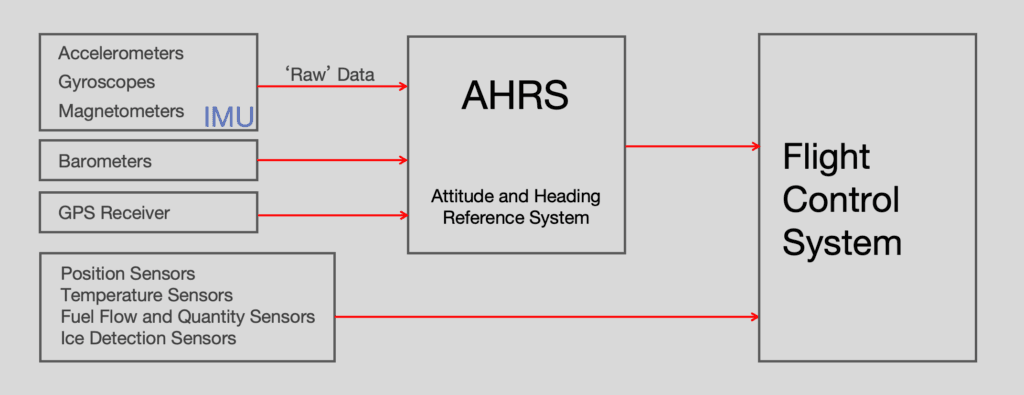
A flight control system typically includes 20 to 100 sensors including inertial sensors, position sensors, pressure sensors and other critical sensors with each sensor fulfilling a specific function to ensure the stability, performance, and safety of the aircraft.
How to Select the Right Fiber Optic Gyroscope (FOG)?
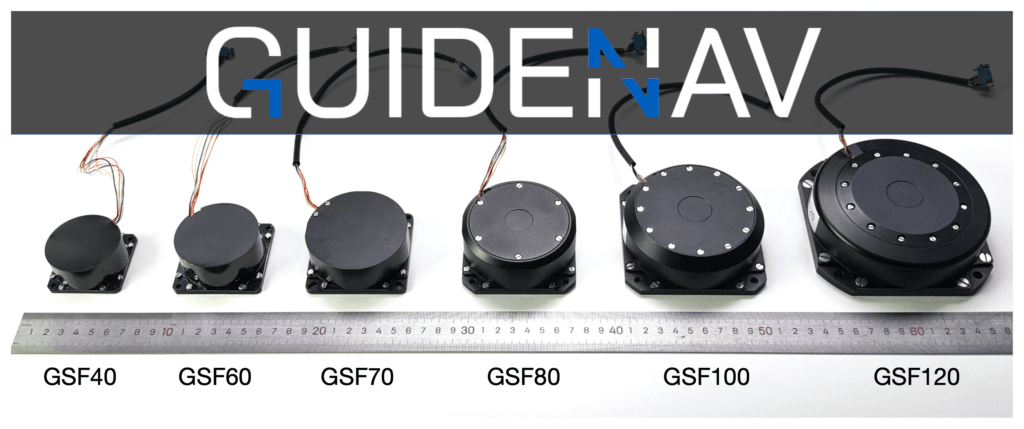
When selecting a Fiber Optic Gyroscope (FOG), focus on the specific performance requirements of your application, including bias stability, random walk, and environmental conditions. Prioritize long-term reliability and total cost of ownership, while considering customization options for unique needs. These factors will help ensure you choose a gyroscope that integrates seamlessly and delivers the highest performance.
Top 3 MEMS IMU for UAV/Drone Flight Control: Best Models for Precision and Stability
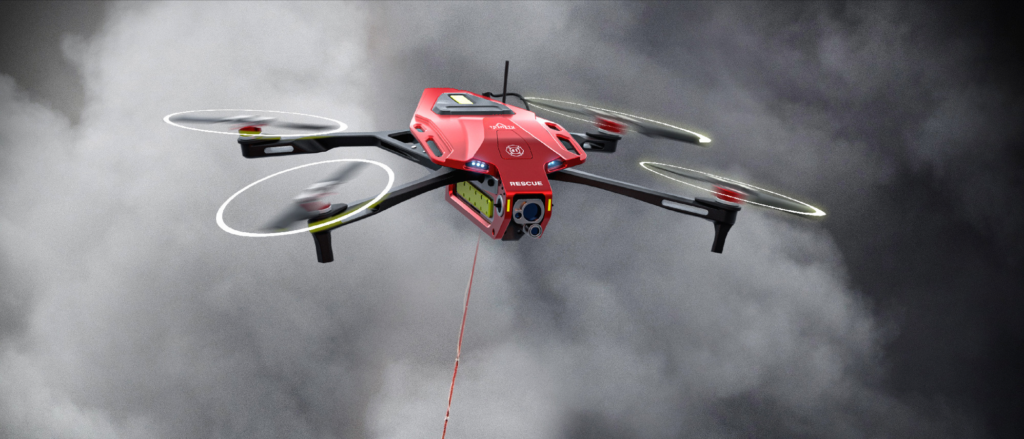
A MEMS (Micro-Electro-Mechanical System) Inertial Measurement Unit (IMU) detects and measures a UAV’s orientation, speed, and position by analyzing the object’s motion along multiple axes. Using a combination of accelerometers and gyroscopes, a MEMS IMU provides the data needed for precise control of the drone, making it integral to stabilizing flight and ensuring accurate navigation.
Understanding Inertial Measurement Unit (IMU): Basics, Applications, and Future Trends
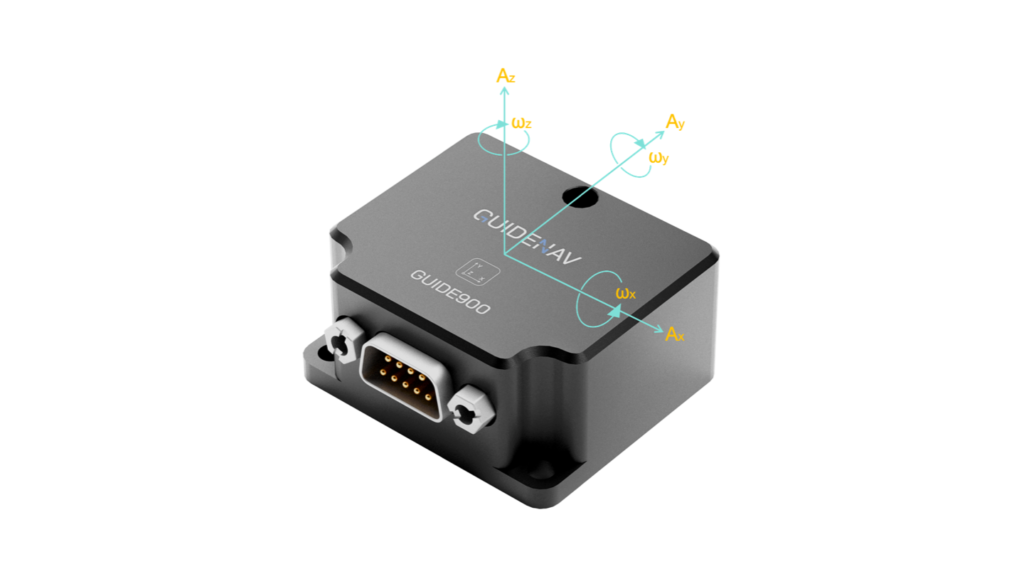
An Inertial Measurement Unit (IMU) is a device that measures acceleration, angular velocity, and sometimes magnetic fields to determine an object’s orientation and position. IMUs are essential in navigation, control systems, and motion tracking. By combining sensor data, IMUs enable precise tracking of motion and orientation in environments where GPS signals may be weak or unavailable.
Top 10 Fiber Optic Gyroscope Manufacturers (2025): Leading Brands & Hidden Gems

Discover the top 10 fiber optic gyroscope manufacturers in 2025, including industry giants and lesser-known yet high-quality brands. Find out which companies offer precision, cost-effective solutions, and ITAR-free products for your aerospace, defense, or industrial needs. Explore expert insights and comparisons now!
Single-Axis vs. Three-Axis Fiber Optic Gyroscope: Which One is Right for Your System?
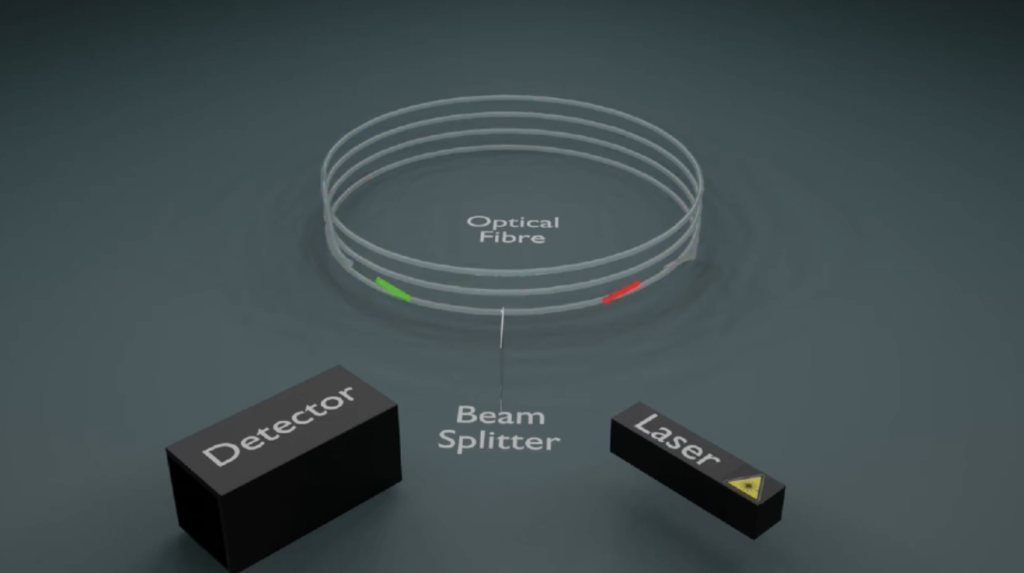
Single-axis and three-axis fiber optic gyroscopes are both used to measure rotational motion, but they differ in how they measure and the complexity of the systems they support. Understanding these differences will guide you in selecting the most appropriate gyroscope for your specific application.
Fiber Optic Gyroscope Applications: How Are They Transforming Modern Technologies?
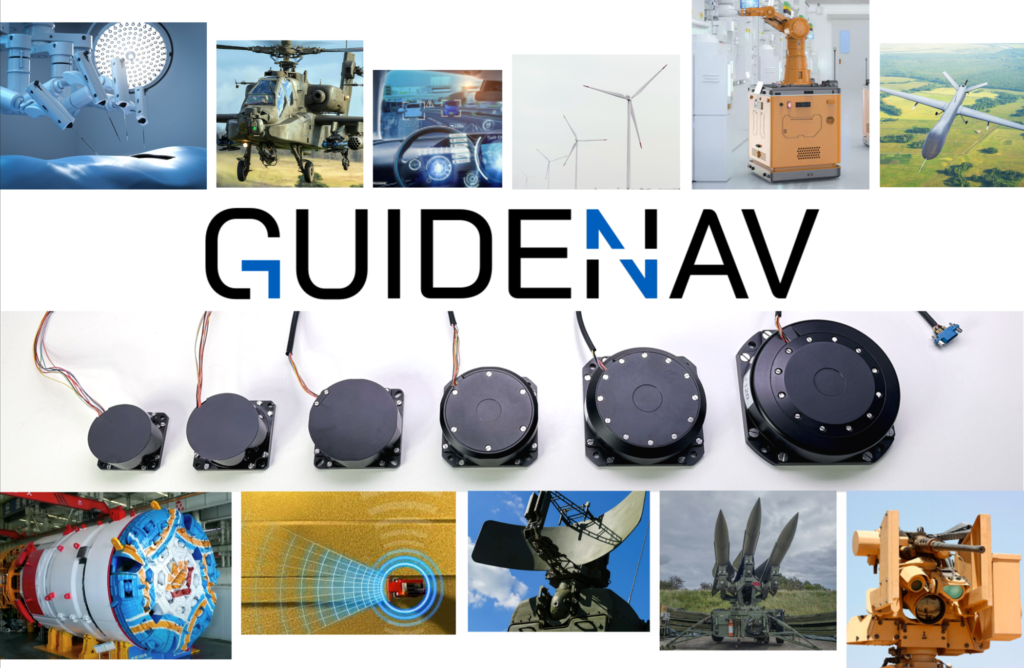
Fiber optic gyroscopes (FOGs) provide unparalleled accuracy and stability for applications in aerospace, defense, marine navigation, robotics, and more. Their ability to offer precise orientation data, even in GPS-denied environments, makes them indispensable for modern technology solutions.
Inertial Guidance: A Complete Guide
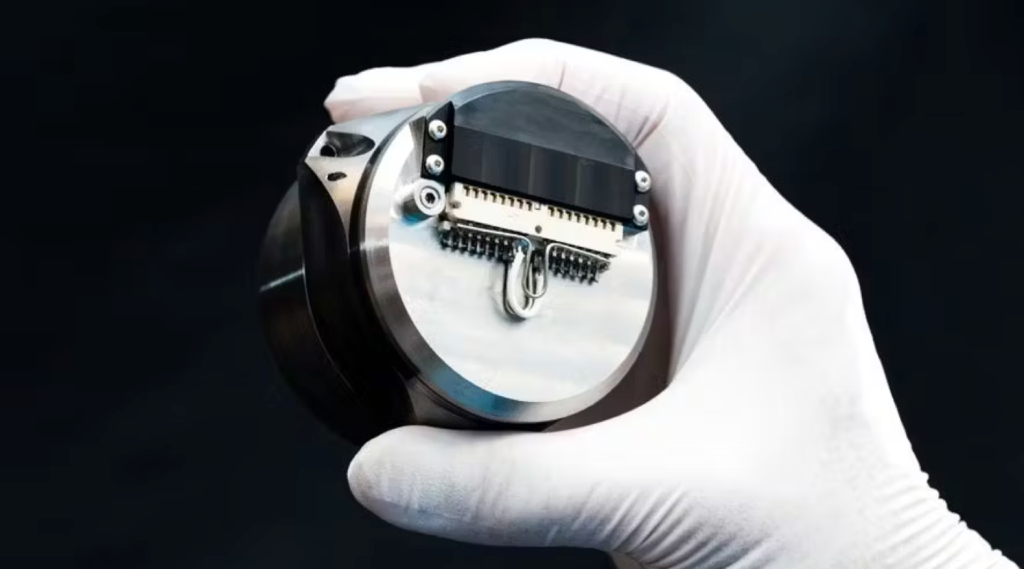
Inertial Guidance is a navigation method that allows an object—such as a missile, aircraft, spacecraft, or even a robot—to determine its position and orientation without the need for external references like GPS, radar, or beacons. It relies on inertial sensors, such as gyroscopes and accelerometers, to measure changes in velocity and direction, which are then used to calculate the object’s position and trajectory.
How Do IMUs Enhance Monitoring and Integrity of Oil and Gas Pipelines?

Inertial Measurement Units (IMUs) provide an essential solution, allowing us to track pipelines accurately, even where GPS falls short, and ensuring we meet industry standards for safety and reliability.
What is the Price of Inertial Measurement Unit (IMU)?

The price range for Inertial Measurement Units (IMUs) depends on the technology used and the level of accuracy. Basic MEMS IMUs typically range from $20 to $1,000. Higher-precision MEMS IMUs range from …..
